#Herbal-medicine
Explore tagged Tumblr posts
Text
Herbal Academy’s Inaugural 2025 Virtual Herbalism Conference: A Celebration of Connection
If you love herbs as much as I do (and you probably already know I can’t get enough of them), then Herbal Academy’s 2025 Virtual Herbalism Conference is an event you absolutely don’t want to miss. Best of all—it’s FREE! This conference is all about connections—connections to plants, to people, and to the deeply inspiring practice of herbalism that unites us all. Sign up for the FREE Herbal…
#african american herbalism#aviva romm#free ebooks#Health#herbal academy#herbal recipes for memory and focus#herbal-medicine#herbalism#herbalism conference#herbs#rosemary gladstar#wellness
0 notes
Text
Starting the New Year Strong: Setting Yourself Up for Success in Health and Wellness
As the new year approaches, many of us find ourselves reflecting on our goals and aspirations, particularly when it comes to health and wellness. The start of a new year feels like a fresh slate—a chance to leave old habits behind and cultivate a lifestyle that promotes balance, energy, and happiness. However, resolutions often fizzle out before February. To avoid this cycle, it’s important to…

View On WordPress
0 notes
Text
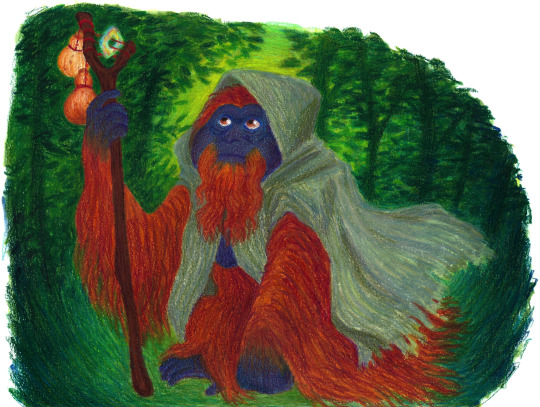


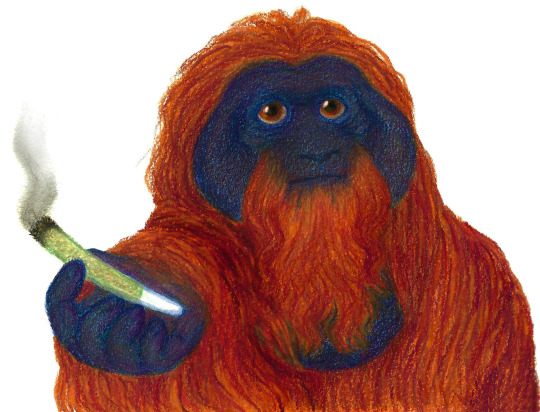
mage
#love to draw fictional fruit that is unattainably delicious :')#art#illustration#orangutan#colored pencil#marker#drew these a while ago n only recently edited them#theyre mostly inspired by that news a few months back of an orangutan making herbal medicine to heal itself lol
8K notes
·
View notes
Text
This is your friendly reminder that herbs aren't inherently safe.
Natural doesn't mean Safe.
Lightning is natural. Opium, therefore heroin and opiate drugs are derived from poppies. Cinnamon oil will burn your skin. Lilies are toxic to cats and will cause organ failure. Activated charcoal will neutralize your prescription medications and literally anything else in your system. St. John's Wort will destroy your serotonin production and mess with your happiness threshold if it DOESNT KILL YOU FIRST.
So anyway.
Do some damn good research every time you go to eat, breathe, bring around your pets, bathe in, or smoke something. Be safe please.
#witchcraft#witch#pagan#witchy#magick#magic#spell#baby witch#witchblr#paganism#herbalism#herbal medicine#witch safety#magic safety#witch tips#baby witch tips
4K notes
·
View notes
Text
I'm gonna go ahead and say this one more time, as someone whose ancestors literally evolved traditional medicine, 'cause I been seeing some dumb shit on social media again.
The average joe schmol doesn't possess enough knowledge of actual traditional medicine to know what the hell they're doing. Chances are, they end up whipping some rando concoction that at best does nothing, at worst is toxic.
The difference between medicine and poison is often the dosage.
Herbalism, alternative healing, home remedies, they do have their places in the modern world. But unless you really know what the fuck you're doing, you're better off and much safer with something FDA approved, than listen to some white lady with dreadlocks on TikTok who calls herself a "natural healer" and literally teaches you how to poison yourself.
I research and study herbs for fun, and my herb collection is way bigger and more practical than some souped up pretty picture on the internet. And you know what's the first thing I go for when I have a migraine? Excedrin.
When in doubt, modern medicine first, everything else supplemental.
#mother witch advice#witches of color#witchblr#witch community#witches of tumblr#herbalism#traditional medicine#nature magic#hearth witch#wise woman#asian witch
649 notes
·
View notes
Text
"Despite the Central Appalachia ecosystem being historically famous as coal country, under this diverse broadleaf canopy lies a rich, biodiverse world of native plants helping to fill North America’s medicinal herb cabinet.
And it turns out that the very communities once reliant on the coalfields are now bringing this botanical diversity to the country.
“Many different Appalachian people, stretching from pre-colonization to today, have tended, harvested, sold, and used a vast number of forest botanicals like American ginseng, ramps, black cohosh, and goldenseal,” said Shannon Bell, Virginia Tech professor in the Dept. of Sociology. “These plants have long been integral to many Appalachians’ livelihoods and traditions.”
50% of the medicinal herbs, roots, and barks in the North American herbal supply chain are native to the Appalachian Mountains, and the bulk of these species are harvested or grown in Central Appalachia, which includes southern West Virginia, eastern Kentucky, far-southwest Virginia, and east Tennessee.
The United Plant Savers, a nonprofit with a focus on native medicinal plants and their habitats, has identified many of the most popular forest medicinals as species of concern due to their declining populations.
Along with the herbal supply chain being largely native to Appalachia, the herb gatherers themselves are also native [to Appalachia, not Native American specifically], but because processing into medicine and seasonings takes place outside the region, the majority of the profits from the industry do too.
In a press release on Bell’s superb research and advocacy work within Appalachia’s botanical communities, she refers back to the moment that her interest in the industry and the region sprouted; when like many of us, she was out in a nearby woods waiting out the pandemic.
“My family and I spent a lot of time in the woods behind our house during quarantine,” Bell said. “We observed the emergence of all the spring ephemerals in the forest understory – hepatica, spring beauty, bloodroot, trillium, mayapple. I came to appreciate the importance of the region’s botanical biodiversity more than ever, and realized I wanted to incorporate this new part of my life into my research.”
With co-investigator, John Munsell at VA Tech’s College of Natural Resources and Environment, Bell’s project sought to identify ways that Central Appalachian communities could retain more of the profits from the herbal industry while simultaneously ensuring that populations of at-risk forest botanicals not only survive, but thrive and expand in the region.
Bell conducted participant observation and interviews with wild harvesters and is currently working on a mail survey with local herb buyers. She also piloted a ginseng seed distribution program, and helped a wild harvester write a grant proposal to start a forest farm.
“Economic development in post-coal communities often focuses on other types of energy development, like fracking and natural gas pipelines, or on building prisons and landfills. Central Appalachia is one of the most biodiverse places on the planet. I think that placing a greater value on this biodiversity is key to promoting a more sustainable future for the region,” Bell told VA Tech press.
Armed with a planning grant of nearly half a million dollars, Bell and collaborators are specifically targeting forest farming as a way to achieve that sustainable future.
Finally, enlisting support from the nonprofit organization Appalachian Sustainable Development, Virginia Tech, the City of Norton, a sculpture artist team, and various forest botanicals practitioners in her rolodex, Bell organized the creation of a ‘living monument’ along Flag Rock Recreation Area in Norton, Virginia.
An interpretive trail, the monument tells the story of the historic uses that these wild botanicals had for the various societies that have inhabited Appalachia, and the contemporary value they still hold for people today."
-via Good News Network, September 12, 2024
#appalachia#united states#biodiversity#herbs#herbal medicine#herbalism#native plants#conservation#sustainability#sustainable agriculture#solarpunk#good news#hope
718 notes
·
View notes
Text

The medicine they made you hate and convinced millions of people to spray chemicals to rid it from their lawn. 🤔

#pay attention#educate yourselves#educate yourself#knowledge is power#reeducate yourself#reeducate yourselves#think about it#think for yourselves#think for yourself#do your homework#do your own research#do some research#ask yourself questions#question everything#dandelion#medicine#natural remedies#for your health#stay healthy#healthy living#health tips#herbal remedies#holistic health#holistic healing practices
846 notes
·
View notes
Text
there is a jar of very dark black liquid with ‘DO NOT DRINK’ written on it like 20 times in my parents fridge.. whats everyone’s guesses
150 notes
·
View notes
Text


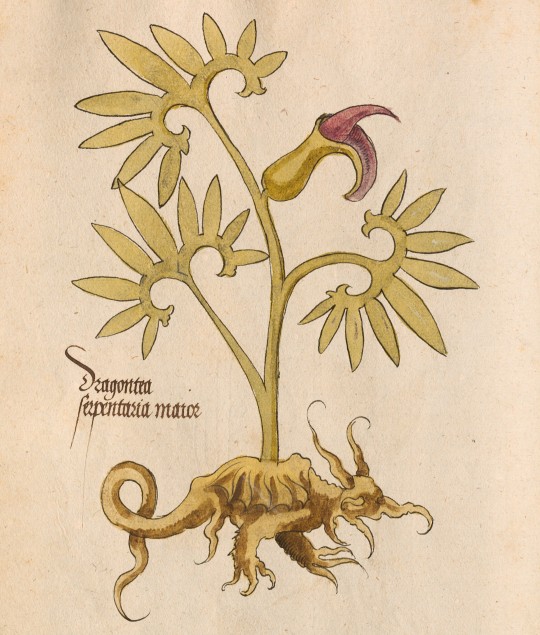

strangely shaped roots
in a book of medicinal plants, bavaria, c. 1520-1530
source: Munich, BSB, Cod.icon. 26, fol. 18v, 15v, 46v and 60v
#none of these are mandrakes#16th century#herbal#medicinal plants#roots#plants#illuminated manuscript
973 notes
·
View notes
Text


the virgin phlegmatic vs the chad with balanced humors
#fear and hunger#f&h#fear and hunger fanart#funger#enki fear and hunger#enki ankarian#f&h enki#fear and hunger enki#funger oc#fear and hunger oc#oc artwork#oc#oc art#herbalism#medieval#dark fantasy#medieval medicine#oleander
79 notes
·
View notes
Text
HERBS for Digestive Health🌿
To help improve and ease digestive disorders and issues.
Ginger
widely used to treat nausea, bloating and soothe digestive issues
Turmeric
used for digestive weakness and inflammation
Chamomile
helps settle inflammation and anxiety related stomach issues
Fennel
great to reduce bloating, cramping and relax stomach muscles
helps break down food
Cinnamon
helps regulate circulation, blood sugar levels, and digestive function
Rosemary
supports healthy digestive functioning
Increasing your consumption of some of these even slightly could make a big difference over time! Should be used with caution.


#digestion#digestivehealth#gut health#herbs#medicinal herbs#herbal treatments#herbal tea#herbal#natural healing#health#healthy#healing#spirituality#witch community#witchblr#spiritual#herbs and spices#plants and herbs#tips#kitchen tips#natural medicine#stomach issues#stomach problems#digestive disorders#chamomile#ginger#fennel#rosemary#inflammation#digestive system
442 notes
·
View notes
Text
Minthara is honorary Southeast Asian Auntie in my eyes
Shortest one in the group and always stands on boxes/stairs for better view
The way she roasts people by simply stating her observations in a deadpan manner
Will protect if outsiders bully you, but that doesn't mean her roasts end though
Calls people names in her mother's tongue so they don't understand
Will do and say everything else under the sun to show that she loves you, except saying "I love you" (because she was never taught such phrase growing up)
Bothered by the sun, checks a few times a day for blemishes
Complains food outside of home is bland (probably along the line of "This soup is so bland I can wash the bowls with it.")
Insults others by comparing them to dogs
Stands like an immobile log (🧍♀️) when hugged, if you're lucky you get an awkward pat on the back
Will happily instigate violence by snitching
Simply does NOT like the little rascals/urchins running around, especially near her
Indirectly, but in a forward way, proposes to someone after first date by asking them to go to her hometown with her
Microdosing partner with purple shrimp paste poison, otherwise they won't survive the trip in her hometown
Will pet and spoil the dog/cat when nobody is looking
Raised by a tiger mom
Has an impeccable garden full of questionable plants
You do NOT want to be on the receiving end of her flying chancla/flip flop
Bonus: loves Ulaver wine (drow green wine: alcoholic beverage fermented with vegetation and fungus of the Underdark). And here's the Vietnamese fermented green mushroom wine (rượu nấm lim xanh)
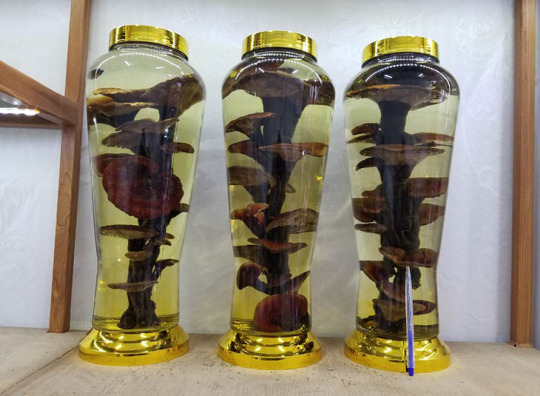

#minthara baenre#bg3#headcanons#'is the dog barking' is such a signature Viet insult lmao#the snitching is from Lorroakan scene#I just KNOW she'd make great mushrooms hot pot/soups#if anyone is curious the wine is BITTER (just like any medicinal herbal wine lol)#I'm willing to bet Minthara can drink the bitterest drink w a straight face#she'd LOVE Viet “fish hook” tea (trà móc câu)#this is my contribution for character analysis asdasdas#minthara brainrot#mybg3text
194 notes
·
View notes
Text
1K notes
·
View notes
Text
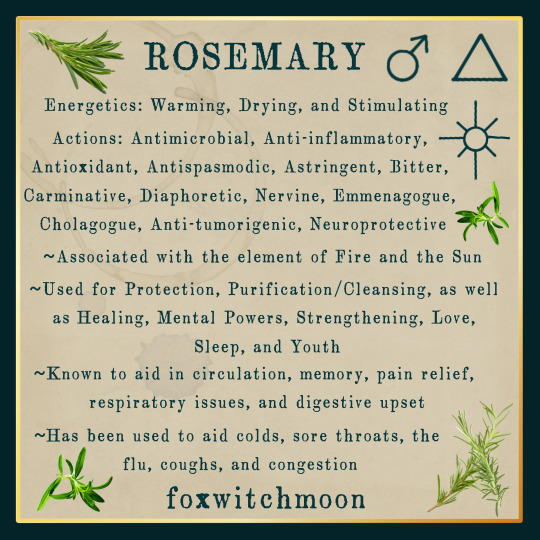
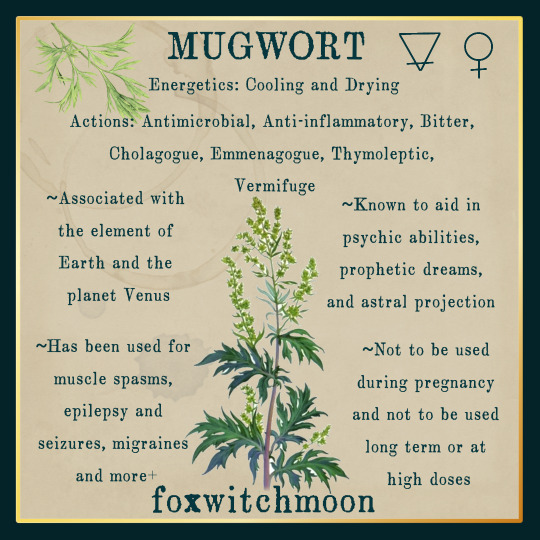
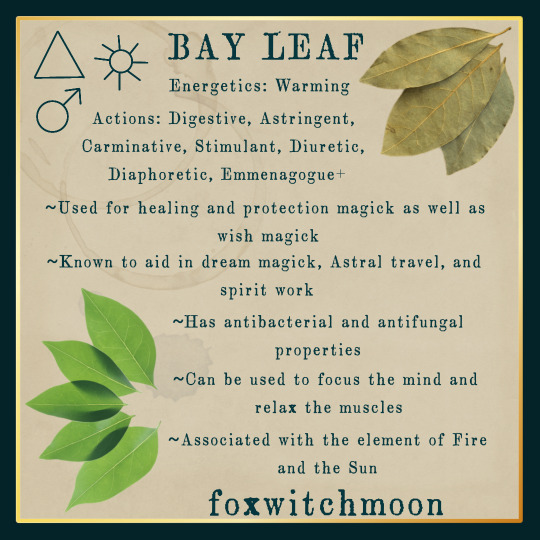
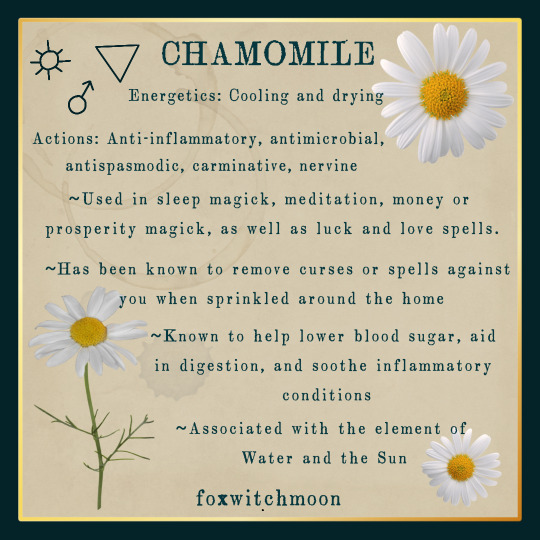


Herbology × Magick🍃
Follow @foxwitchmoon on IG for more🌿🔮🌙🧿🕯🪻🗝✨️
#witchblr#grimoire#witch#witchcraft#witches#occult#plants and herbs#foraging#chakras#herbology#herbalwitch#herbal medicine#herbalism#green witch#eclectic witch#lunar witch#moon magic#rosemary#nettle#dandelion#mugwort#bay leaf#chamomile
739 notes
·
View notes
Text
And since I deserve a treat, like I always do, I ordered a new herbalism book: Herbalism for Beginners, written by native American herbalist Latoya Meyers.
67 notes
·
View notes
Text
I’m so very sick of plant blindness in conservation, and in the wider world in general
If you buy or ‘wildharvest’ an endangered, threatened, or protected plant, you are a trophy hunter.
It doesn’t matter if it’s for spiritual reasons. It doesn’t matter if it’s already been harvested. You are bankrolling the destruction of a species. You are contributing to the growing demand.
The loss of any plant species can cause a trophic cascade, a having a devastating impact on the ecosystem it was a part of.
#witchblr#plant medicine#herbal medicine#herbalism#green witch#botany#herbal witch#herbal wellness#herbal witchcraft#plant magic
524 notes
·
View notes